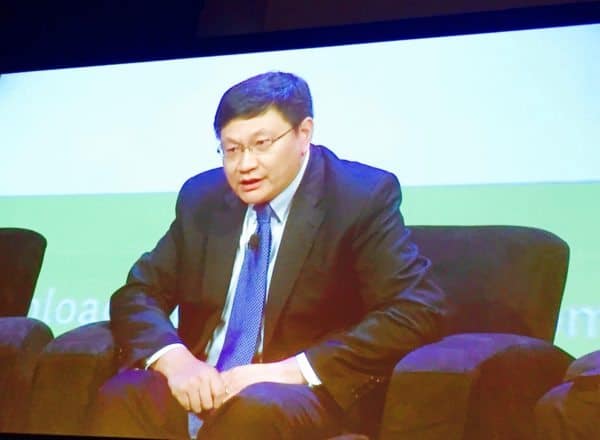At the Continuum SF Innovation and Credit Conference in San Francisco I recently attended, those present listened to a solid lineup of speakers discuss business development and more in SF and across the Pacific in China.
Speakers included SF Mayor Ed Lee; Rob Suber, president of Prosper Marketplace; Rob Conway, founder and investor, Salesforce; and Chaomei Chen, CRO of Lending Club. Also present was another leader of leaders, Ning Tang, founder and CEO of CreditEase, whom I spoke with about Chinese P2P regulations and the future of online lending.
 CreditEase is the largest peer-to-peer company in the world, and provides products and services to farmers and agricultural borrowers, microfinance clients, consumers, micro-businesses and wealth management clients covering 232 cities and 96 rural areas across China, according to the company’s website. CreditEase is also the parent company of online platform Yirendai, which held one of the first major IPOs of a Chinese P2P company last December. As CreditEase’s CEO, Ning has a far-ranging view of P2P lending that stretches from P2P lending’s earlier days, as the company was one of the first P2P companies in the world when it launched in 2006. He is also the current chairman of the Beijing P2P Association, looking ahead to P2P lending’s continued future success.
CreditEase is the largest peer-to-peer company in the world, and provides products and services to farmers and agricultural borrowers, microfinance clients, consumers, micro-businesses and wealth management clients covering 232 cities and 96 rural areas across China, according to the company’s website. CreditEase is also the parent company of online platform Yirendai, which held one of the first major IPOs of a Chinese P2P company last December. As CreditEase’s CEO, Ning has a far-ranging view of P2P lending that stretches from P2P lending’s earlier days, as the company was one of the first P2P companies in the world when it launched in 2006. He is also the current chairman of the Beijing P2P Association, looking ahead to P2P lending’s continued future success.
Note: This interview has been slightly edited for clarity.
Midori Yoshimura: How has peer-to-peer/online lending changed in the years since you created CreditEase?
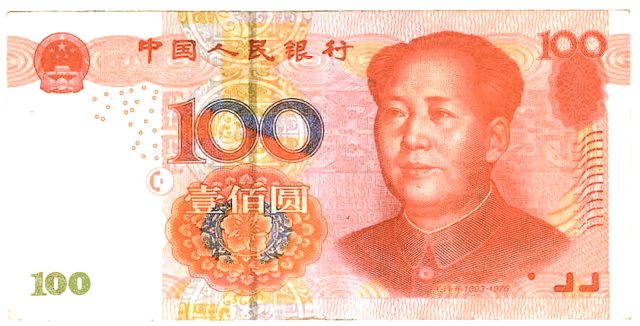 Ning Tang: A lot has changed. First of all, we didn’t name it “peer-to-peer” in China; we used a Chinese term to describe it. It’s “peer-to-peer” in English, but it’s a Chinese term because it was like a homegrown innovation, we did not know at that time there was such a model in the U.S., in the U.K. Later on, we picked up the P2P term–we thought that it was kind of short and easier to remember. Also, the regulatory framework has been improving, and last year in China the central bank (CBRC) issued a guideline and regulatory framework for how to regulate this innovate model and the Internet of finance industry. So we foresee more implementation measures coming out in the new year and going forward.
Ning Tang: A lot has changed. First of all, we didn’t name it “peer-to-peer” in China; we used a Chinese term to describe it. It’s “peer-to-peer” in English, but it’s a Chinese term because it was like a homegrown innovation, we did not know at that time there was such a model in the U.S., in the U.K. Later on, we picked up the P2P term–we thought that it was kind of short and easier to remember. Also, the regulatory framework has been improving, and last year in China the central bank (CBRC) issued a guideline and regulatory framework for how to regulate this innovate model and the Internet of finance industry. So we foresee more implementation measures coming out in the new year and going forward.
The regulatory framework continues to improve and the number of players [is increasing]–different statistics show different data points, but I think it’s like several thousand in China. So I think it’s a very dynamic market landscape, and of course leading players like CreditEase have actually, through many years of very solid work, have generated lots of [things] like partnerships with commercial banks and more P2P funds have started utilizing big data to build a robust risk model for consumer and small businesses. For example, we, two years ago, launched the world’s first and now one of the most leading, in terms of loan volume, consumer borrowing mobile app for individual consumers to borrow anywhere, anytime. So that’s a very cool app. Also for small businesses, we have a product allowing them to provide us with their operating data and borrow in real time. I think that, compared with 10 years ago when we had limited data, limited technology, quite a lot has changed.
Also by the way, after 10 years of development, we had in December of last year the first IPO listing for an Internet of finance company from China on the NYSE, so I think that’s also kind of an indicator of the advanced industry development stage.
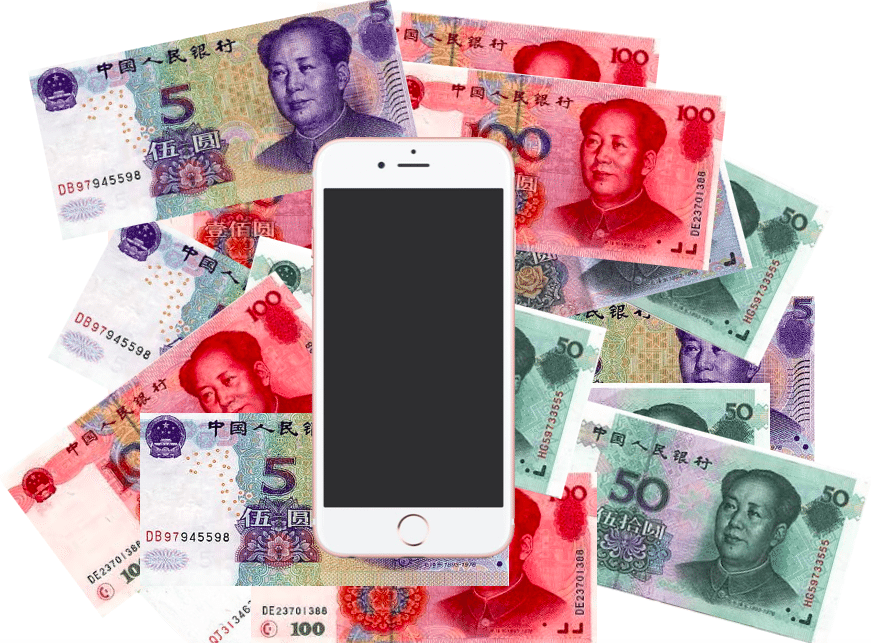 Midori: What do you see ahead for mobile in China, given its importance? Especially given that many people in China transact on their iPhone or Xiomi phone, unlike in the United States or Europe.
Midori: What do you see ahead for mobile in China, given its importance? Especially given that many people in China transact on their iPhone or Xiomi phone, unlike in the United States or Europe.
Ning Tang: So I think this is really where China right now leads the market. Even in the U.S. you don’t find such an advanced kind of tool. Basically, through the app consumers can enjoy the best experience–no need to go to a bank branch, submit piles of information, wait for a long time. But at the same time, due to the fact that China’s credit infrastructure is still developing, you don’t have all the data about the consumer. So we utilize alternative data sources, like e-commerce data points, phone bill data points, bank card and credit card data points, that consumers are willing to share with us.
Midori: Have you also chosen to look into some of the social media information that consumers are willing to share?
Ning Tang: Yes, to a certain extent.
Midori: China has been dominated by state banks. Haven’t online lenders filled the void left by banks in providing access to capital to both consumers and SMEs?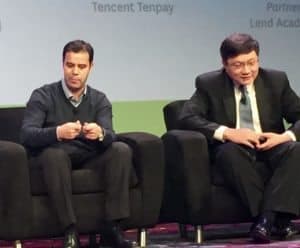
Ning Tang: Absolutely. I think the Internet of finance innovation is making the financial system in China more inclusive, more kind of complete, because in the past, traditional banking institutions have been mainly focusing on SOEs, bigger and larger companies, but our target segments are individuals, small businesses, rural people. So it’s really more comprehensive, more inclusive system. It’s not that there’s too much–like someone taking something away from someone else’s market shares, it’s more complementary.
Midori: The Chinese government has recently announced new regulations regarding crowdfunding. What are your thoughts on the updated rules guiding peer-to-peer lenders?
Ning Tang: The principles have been there for several years, and been well articulated. It’s not like it’s a big surprise. I think the regulators did a good job listening to market developments and best practices, and also at different places and times letting the media know what the regulatory framework would look like, and all the guiding principles and so on. So for market leaders like us, we weren’t surprised. I think it’s good for financial innovation to be in a more clear regulatory framework, and also it will help eliminate some kinds of illegal conduct [practiced by some other companies]. Those [latter] kind of companies are not P2P companies at all–they are kind of like crime entities, using innovative models to do bad things.
Midori: Yirendai, a subsidiary of CreditEase, recently IPOed on the NYSE. You are the first Chinese P2P lender to IPO. What drove the decision to list on the NYSE?
Ning Tang: I think the U.S. market is more familiar with this marketplace model, and also it’s very rigorous. For us, after 10 years of development I think it’s a very strategic move. So, we invited external parties–like auditors, the regulators, lawyers, investment bankers, institutional investors–who have very high standards to understand, evaluate and embrace what we do. I think it’s a very big vote of confidence. Also, it’s very important to China’s Internet of finance industry. We just talked about some bad things. What’s the right way to do it? What are the best practices–who’s the role model? I think the whole industry, the whole market is looking for a role model. We thought it was very important that we as an industry leader provide such leadership. I think it’s very timely and crucial.
Midori: Do you intend on expanding your brand beyond China? What about into the United States?
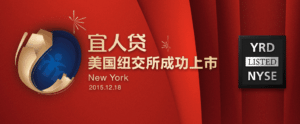 Ning Tang: Actually, now with the Yirendai listing, of course we’re already here in the United States. We also have a leading wealth management business, CreditEase, which helps Chinese wealthy investors construct their investment portfolio through asset allocation. Asset allocation, of course, itself should be global. In that sense, we are the guide for Chinese wealthy investors when they go global. We work with product partners, like leading asset management companies around the world, [connecting] them with Chinese wealthy investors’ needs, and we have subsidiaries in Hong Kong, in Singapore. Three years ago we went to Hong Kong, two years ago we went to Singapore, and later this year we’ll set up our subsidiary in New York. So we are becoming a global company and of course the Yirendai listing helps in that regard.
Ning Tang: Actually, now with the Yirendai listing, of course we’re already here in the United States. We also have a leading wealth management business, CreditEase, which helps Chinese wealthy investors construct their investment portfolio through asset allocation. Asset allocation, of course, itself should be global. In that sense, we are the guide for Chinese wealthy investors when they go global. We work with product partners, like leading asset management companies around the world, [connecting] them with Chinese wealthy investors’ needs, and we have subsidiaries in Hong Kong, in Singapore. Three years ago we went to Hong Kong, two years ago we went to Singapore, and later this year we’ll set up our subsidiary in New York. So we are becoming a global company and of course the Yirendai listing helps in that regard.
Another thought is that we are truly an international management team. Our management team members come from the United States’ West Coast and East Coast, Australia, UK, continental Europe, Korea, Singapore, Hong Kong.
Midori: What are your thoughts on how Yirendai’s product compares against that of competitors?
Ning Tang: We talked about how big the market is, and the underserved population–there are many needs. It’s a blue ocean, not a red ocean. Different companies serve different segments. For us, we’ve been around the longest, [one of] the largest non-bank populations’ database–risk database and credit database–experienced the most fraud cases, and also were the first really working on online lending, mobile lending, so our mobile app has seen the largest scale in terms of number of borrowers and loan volume. So, I think it’s very clear segmentation that Yirendai serves this urban salary worker segment. Segmentation strategy is very key to its development. There are other companies serving the segments in other ways, so I think it’s a very dynamic market, but we are good at this segment, we are good at utilizing technology, so we are good at building a credit, risk management, model database, given the long history and the size of the database.
Midori: How are the new Grade D loans are doing? And how do they expect to get borrower costs down?
Ning Tang: Actually, we do risk-based pricing, which serves a different risk segment. For certain risk segments, which are of higher risk than other segments, implying higher costs associated with service and also higher pricing, all product grades see good asset quality. We are very keen on monitoring quality during economic and capital markets’ conditions.
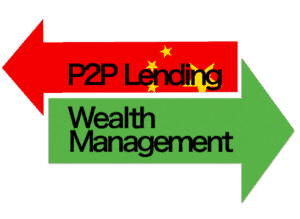 Midori: CreditEase has partnered with Wellington Management to invest in pre-IPO companies. How is this initiative progressing?
Midori: CreditEase has partnered with Wellington Management to invest in pre-IPO companies. How is this initiative progressing?
Ning Tang: This is one of the products we’ve talked about. CreditEase has a sizable wealth management business, and holds a leading position in China serving high net-worth individuals and the most affluent. So, we’re helping our clients build their investment portfolios, which naturally consists of products from overseas, so we work with world-leading management companies like Wellington, introducing their products to our investors…
I don’t have all the details about [this] particular product, but I know that we have a very good strategic partnership with Wellington and other key partners. We have, for example, our real estate [funds]. Last year, we invested in KKR and Blackstone real estate funds.
Midori: Are you seeking out investments in Fintech? Or other specific sectors?
Ning Tang: Yeah, we are actually doing strategic investments all around the world, inside and outside. We are quite keen on financial technology-related opportunities, including payment, lending, currency exchange, wealth management, asset management, and so on–quite broad.
Midori: You have also set up a fund with IDG capital to invest in startups. Can you update us on its progress?
Ning Tang: Yes. That was actually a few years ago when we did that. It’s not a public fund, so that’s us and IDG jointly looking at opportunities we both feel comfortable about, and we’ll continue to do that. So far, I have no details to share.
 Midori: You are the probably the largest peer-to-peer lender in the world. What do you forecast for P2P lending and the future of Internet finance?
Midori: You are the probably the largest peer-to-peer lender in the world. What do you forecast for P2P lending and the future of Internet finance?
Ning Tang: I think the peer-to-peer model will be there forever, but the other funding sources, like banks–in China, trust companies, in the U.S., hedge funds and so on, institutional lenders–are playing an increasingly important role in marketplace business; they are also lending. So I think the funding sources will be more and more diverse. Also, for Internet of finance (fintech), I think traditional financial institutions are also learning how to use technology in what they do. I have some kind of a notion that probably in 10, 20 years time, this term will disappear because technology is part of finance. A few years ago we talked about e-commerce and so on, but today everybody doing technology has this technology flavor, utilizing technology and so on. Every person has technology, so I think in the future technology will be a key element.
Midori: Are there any other elements you’d like to highlight?
 Ning Tang: Next time we can talk more about equity crowdfunding in China, which is also a high-growth area in coming years. Right now it’s still early stage, but in the next five to ten years I think it’s going to do very well, because it’s really good for early-stage companies and startups.
Ning Tang: Next time we can talk more about equity crowdfunding in China, which is also a high-growth area in coming years. Right now it’s still early stage, but in the next five to ten years I think it’s going to do very well, because it’s really good for early-stage companies and startups.
[One more thing:] Last year we launched a fund investing in P2P loans. Our fund is a lender on platforms such as Prosper and so on. I think that’s the first such fund from China. Basically, it’s the first time that Chinese individual investors have access to global P2P. In the past, they’ve done Chinese P2P–they lend to Chinese borrowers. Now, in a way, they lend to foreign borrowers. This fund acts like an institutional investor on those platforms.


